How to prolong the flowering time of flower arrangements? 9 unknown secrets to prolong the flowering period!
Interact and communicate with flower-growing experts and flower-growing enthusiasts!
Learn to grow flowers by using WeChat--WeChat Flower Growing Art School
Flower Growing Skills and Tutorials
Flower growing pictures and flower growing knowledge
After following, enter the forum to interact, waiting for you
Flower arrangements are becoming more and more popular because of their beautiful appearance and convenient management. Whether it is between lovers or friends, it is popular to send flower arrangements whenever there is a major festival.
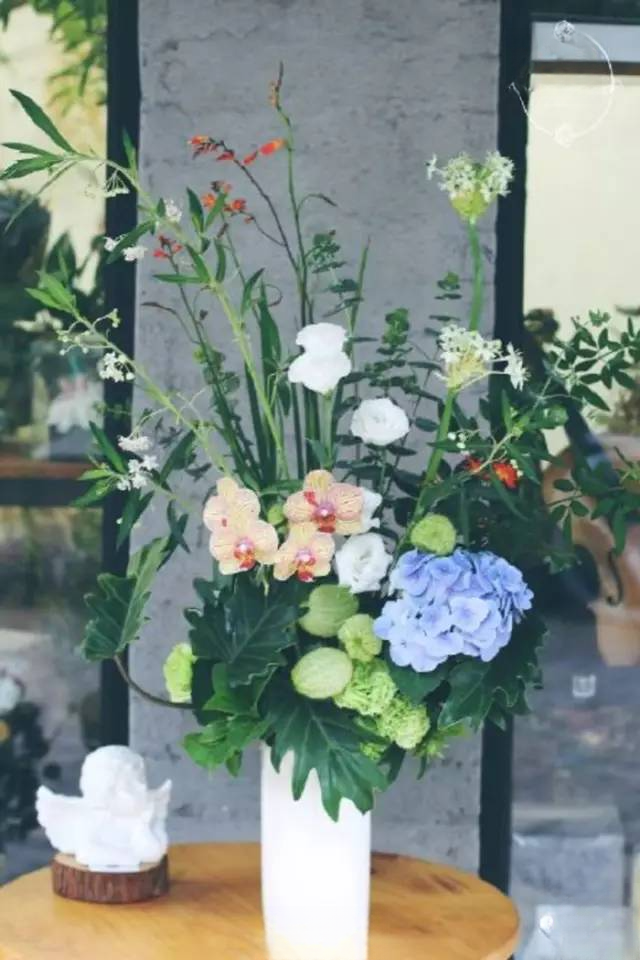
But when we receive these flower arrangements, do you know how to extend their flowering period and keep the thoughts of your loved ones or friends longer?
Here are 9 secrets to extend the flowering time of flower arrangements, hoping that they can help prolong the love of the person who loves you longer!
Tip 1: Cut the flowers before the morning dew disappears
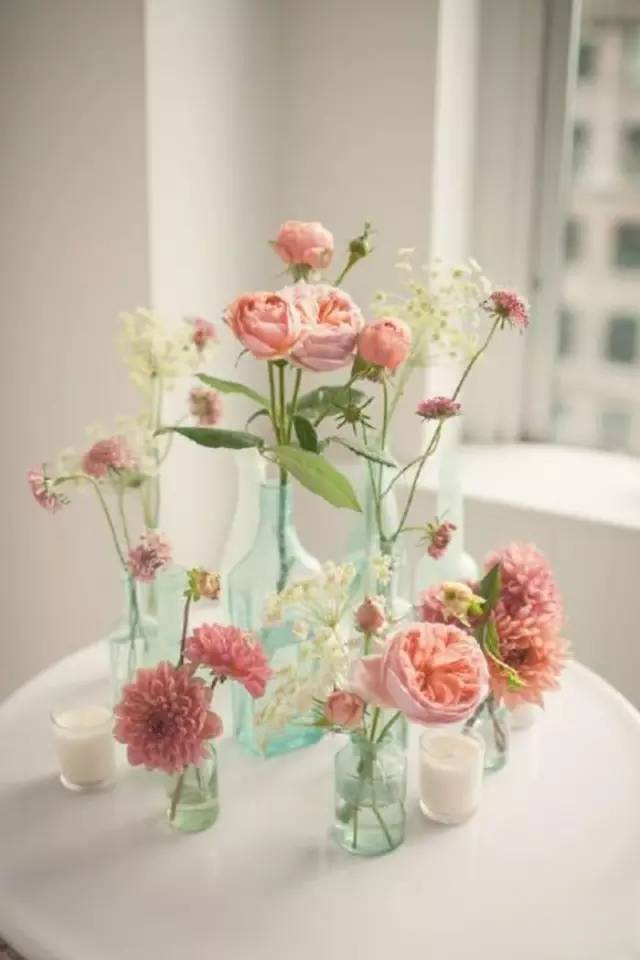
When we receive new cut flowers, we can cut off the leaves in the water to prevent rot, and put them into water immediately after cutting to avoid affecting the life of the flower arrangement due to excessive water loss. For flower branches with a lot of juicy juice, such as poinsettia, it is not advisable to put them into water immediately after cutting. Instead, burn the cut surface over the flame of a candle or alcohol lamp, cut off some of the burnt part, disinfect it and wash it with clean water, and finally put it into water to prevent it from withering due to excessive loss of juicy juice.
Tip 2: Physical treatment of flower cutting cuts
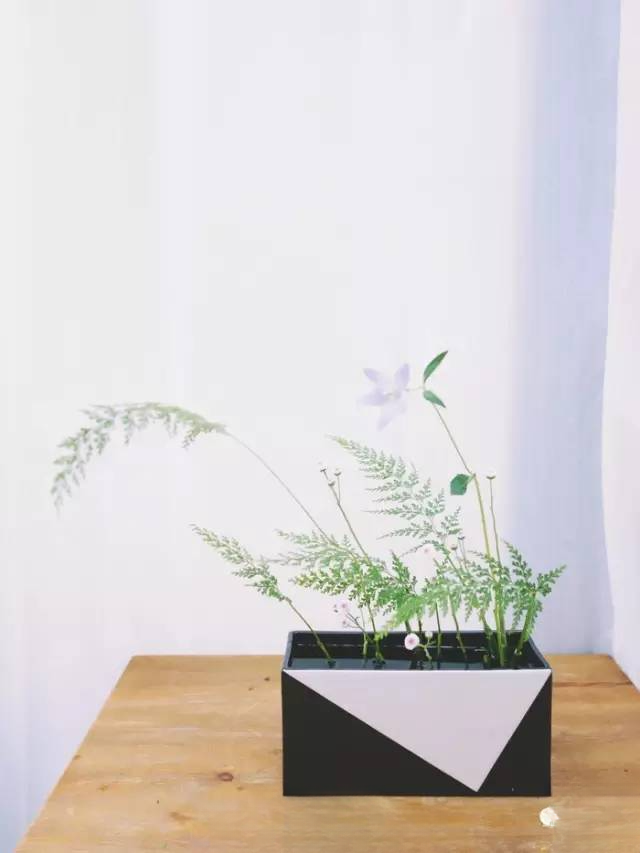
For some flowers, such as woody branches such as magnolia, lilac, peony, etc., you can embed small grains of sand at the end of the branch. Steps: First, cut the incision into an inclined surface when cutting the branch to increase the water absorption surface of the branch; second, for some branches with brittle stems, break them directly with your right hand to expand the incision so that the branch's catheter will not be damaged by shearing or pressure;
The third is to split the longitudinal surface of the incision into several parts, and embed small stones to prop up the incision. The fourth is to gently break the cut branches about 3 cm from the base to increase the water absorption area and extend the life of the flower arrangement. Generally, oblique cutting and propping up the incision are suitable for herbaceous flowers, and broken branches are suitable for woody flowers.
Tip 3: Burn the ends of the branches
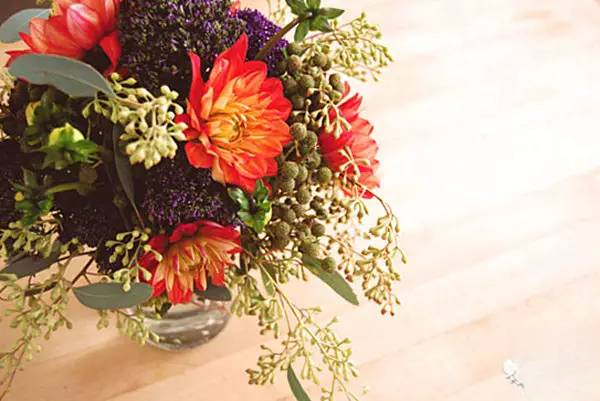
For some special cut flower varieties, such as poinsettia, chrysanthemum and other woody and perennial flower branches, the ends can be charred with fire. The method is to place the ends of the branches of woody flowers on a burning flame for 2-3 minutes, then cut off a little of the charred branches and soak them in alcohol for 1 minute. After taking them out, rinse them in clean water and put them in the bottle.
After cutting the branches of herbaceous flowers, you can immerse the ends in 80-degree hot water for a few minutes, then take them out and put them in a vase. This can prevent the branches' transport tissues from being blocked and prevent the cut ends from being infected by bacteria, so that the flowers can be continuously supplied with water and kept fresh.
Tip 4: Choose the right cut flower variety
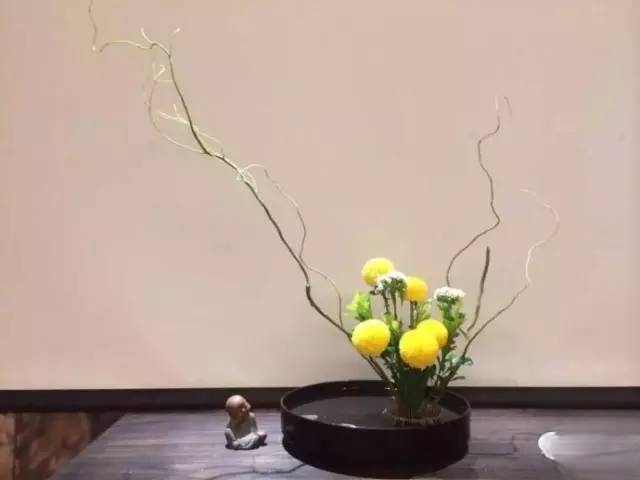
In most cases, the duration of flower water culture is related to the habits of the flowers themselves. Different flowers have different flower viewing durability. Some flowers, such as poppies, can only last for 2 to 3 days, while Nandina domestica can be kept fresh for 1 month.
When choosing flower branches, it is best to choose branches with 70% to 80% bloomed flowers and buds about to bloom. It is not advisable to choose branches with flowers that are fully bloomed or nearly fully bloomed.
Tip 5: Prepare a sterile aqueous solution
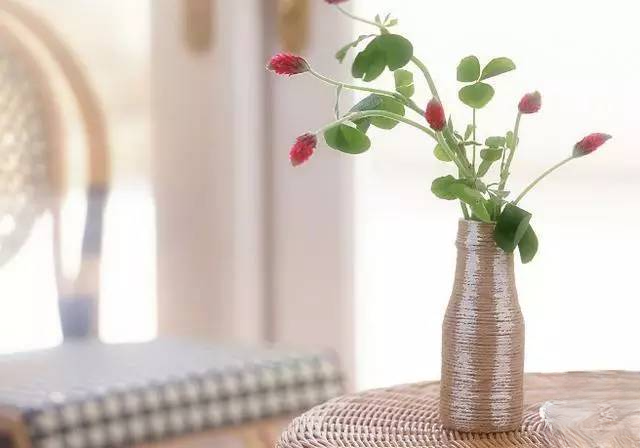
Before we put the cut flowers into water, we can first prepare a sterile solution, add 1% alcohol and 0.1% sugar, and insert the fresh flowers into this solution. This will allow the cut flowers to grow in a nearly sterile environment, which will help prolong the flowering period.
Tip 6: Use water for cuttings properly
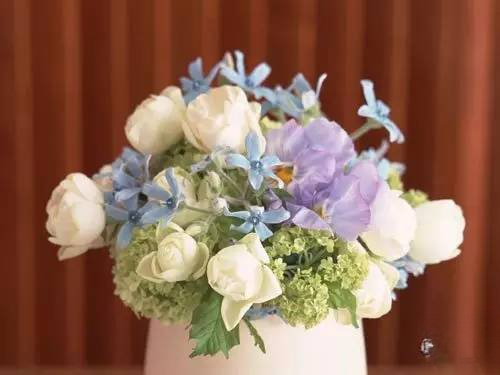
When we put flowers in water, the choice of water is very important. Therefore, when we choose water, we should choose clean river water, rain water or pond water close to room temperature.
If you use tap water, you must first put it in a jar (bucket) and store it for 1 day before using it. At the same time, you should pay attention to changing the water frequently, and promptly remove the remaining flowers and leaves, and appropriately shorten the branches to facilitate the flowers to absorb water and extend the life of the flowers.
Tip 7: Place it in the right place
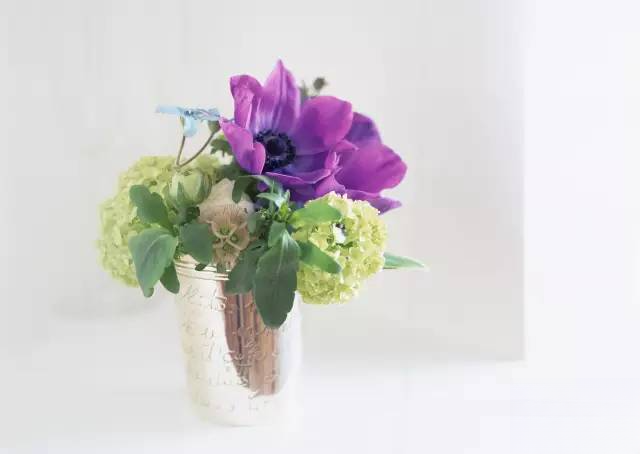
If you have already placed the flowers in water, remember not to place them in direct sunlight, let alone close to a heating source, otherwise the flowers will easily wither prematurely.
In addition, it is not advisable to place cut flowers near ripe fruits, otherwise it will accelerate the shedding of petals. For example, roses, carnations, daffodils, freesias, lilies, baby's breath, etc. are very sensitive to the gases released by fruits.
Tip 8: Chemical Reagent Method
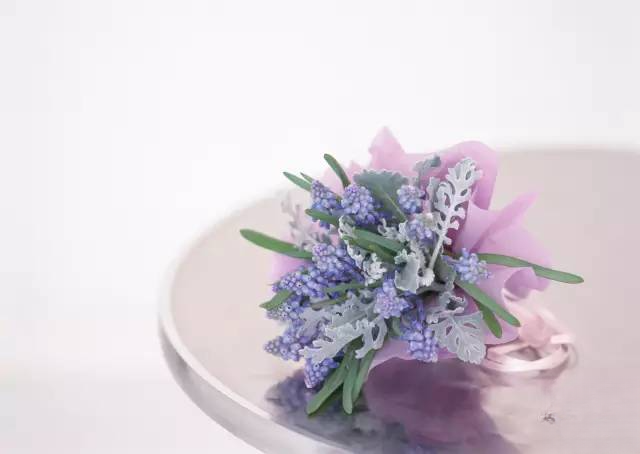
Properly adding suitable chemical reagents to the flower arranging solution can help extend the flowering period of the flowers. For example, putting half a tablet of powdered aspirin, or a tablet of vitamin C, or an appropriate amount of boric acid, sulfur or 0.1% salt into 500 grams of water can all help extend the flowering period.
Tip 9: Shearing in water
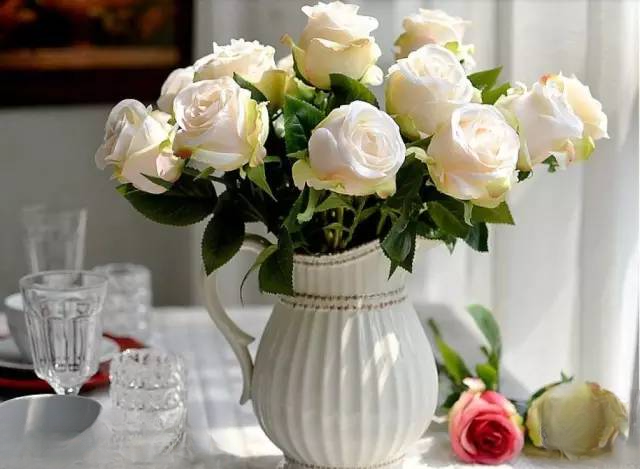
When putting the flowers into the vase, you can cut the branches in water so that the incision will not come into contact with the air when it is cut from the mother plant; you can also immerse the cut branches in water and then cut off a section in the water to also avoid the entry of air.
This method is applicable to all flower branches except those that have been treated with the milk method, but you must ensure that the flower heads are above the water surface.
Have you learned all the methods introduced above? You can choose the appropriate method according to your actual needs!
If you have any good methods, you are welcome to share them with us in the ** area!